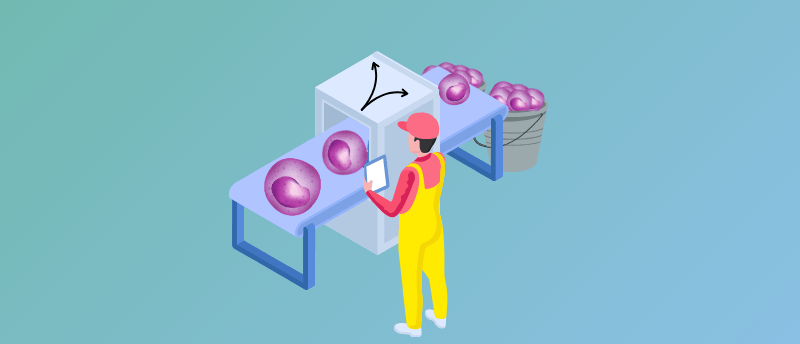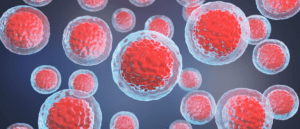Safety first: microfluidic cell sorters to reduce cell therapy tumorgenicity risk

A multi-institutional research effort has reported a high-throughput solution that improves the safety of cell therapy.
A research team, made up of scientists from the Massachusetts Institute of Technology (MIT; MA, USA) and the Singapore-MIT Alliance for Research and Technology (SMART; Singapore), have recently reported the production of a microfluidic cell sorter that could be used to remove potentially tumorigenic cells from manufactured cell-therapy batches.
Induced pluripotent stem cells (iPSCs) are reprogrammed adult cells that can differentiate into any adult human cell type. When iPSCs are used as an autologous cell therapy, adult cells are extracted from a patient, subjected to reprogramming and directed differentiation and then transplanted into the patient to exhibit a therapeutic effect.
iPSCs that have failed to differentiate and are reinfused alongside differentiated therapeutic cells carry a risk of tumorgenicity. To address this safety concern with iPSC-derived cell therapies, a team of scientists from MIT and SMART set out to develop a cell sorting technique that could reduce the number of undifferentiated cells in a population of differentiated cells.
Conventional cell sorting methods – such as fluorescence-activated cell sorting – rely on specific cell surface markers to distinguish cells. Currently, iPSCs are not known to possess any of these discerning markers. Alternatively, cell removal methods that do not require surface markers – such as chemical inhibitors – can be employed, yet they are unsuitable for high-throughput manufacturing.
Searching for a different way to distinguish the undifferentiated cells, the team identified that iPSCs typically differentiate into cells of a smaller size and chose to investigate this trend in a promising iPSC-derived cell therapy: the transplantation of spinal cord progenitor cells (SCPCs) to treat spinal cord injury.
The team confirmed, using microscopy, that the diameter of day 4 SCPCs were smaller than day 4 iPSCs, with a mean difference of 4.5 µm. Furthermore, using flow cytometry, they found a positive association between cell size and expression of OCT4, the primary pluripotency biomarker of iPSCs.
This led the team to select a microfluidic spiral cell sorter as the foundation of their separation technique. The microfluidic cell sorter size-separates cells by applying stronger drag forces on the larger undifferentiated cells, sorting them into different collection outlets than the smaller SCPCs. The device was found to be capable of removing approximately 50 % of the undifferentiated cells in a single separation run.
The team went on to optimize the separation by performing an initial separation at a ‘slow’ speed – 2 ml per minute – which separated out smaller cells, and then performing another separation at a ‘high’ speed of 3 ml per minute, which size-sorted the remaining cells.
The researchers report the method to be capable of sorting more than 3 million cells per minute without damaging them or affecting their viability or function. The technique also does not require a filter, which can become clogged or break down; is manufactured from plastic, which can be cost-effectively mass-produced through injection molding; and does not require additional reagents to remove the sorted cells.
These factors all contribute to the device’s credibility as a long-lasting, cost-effective and high-throughput solution that can be implemented in cell therapy manufacturing to improve product safety.
“Even if you have a life-saving cell therapy that is doing wonders for patients, if you cannot manufacture it cost-effectively, reliably and safely, then its impact might be limited. Our team is passionate about that problem – we want to make these therapies more reliable and easily accessible,” commented Jongyoon Han, co-lead author of the study.
After demonstrating success at a small scale of cell sorting, the researchers will next investigate the device in larger studies as well as test the efficacy of the sorted therapeutic cells in vivo, in animal models.
You may also like:
 Stem cell seeding technology for regenerative bladder repair
Stem cell seeding technology for regenerative bladder repair
Researchers have concluded a successful two-year trial that tested a novel stem-cell seeded scaffold for regenerative bladder augmentation in baboons. The treatment showed a more desirable clinical profile than the current standard of care.